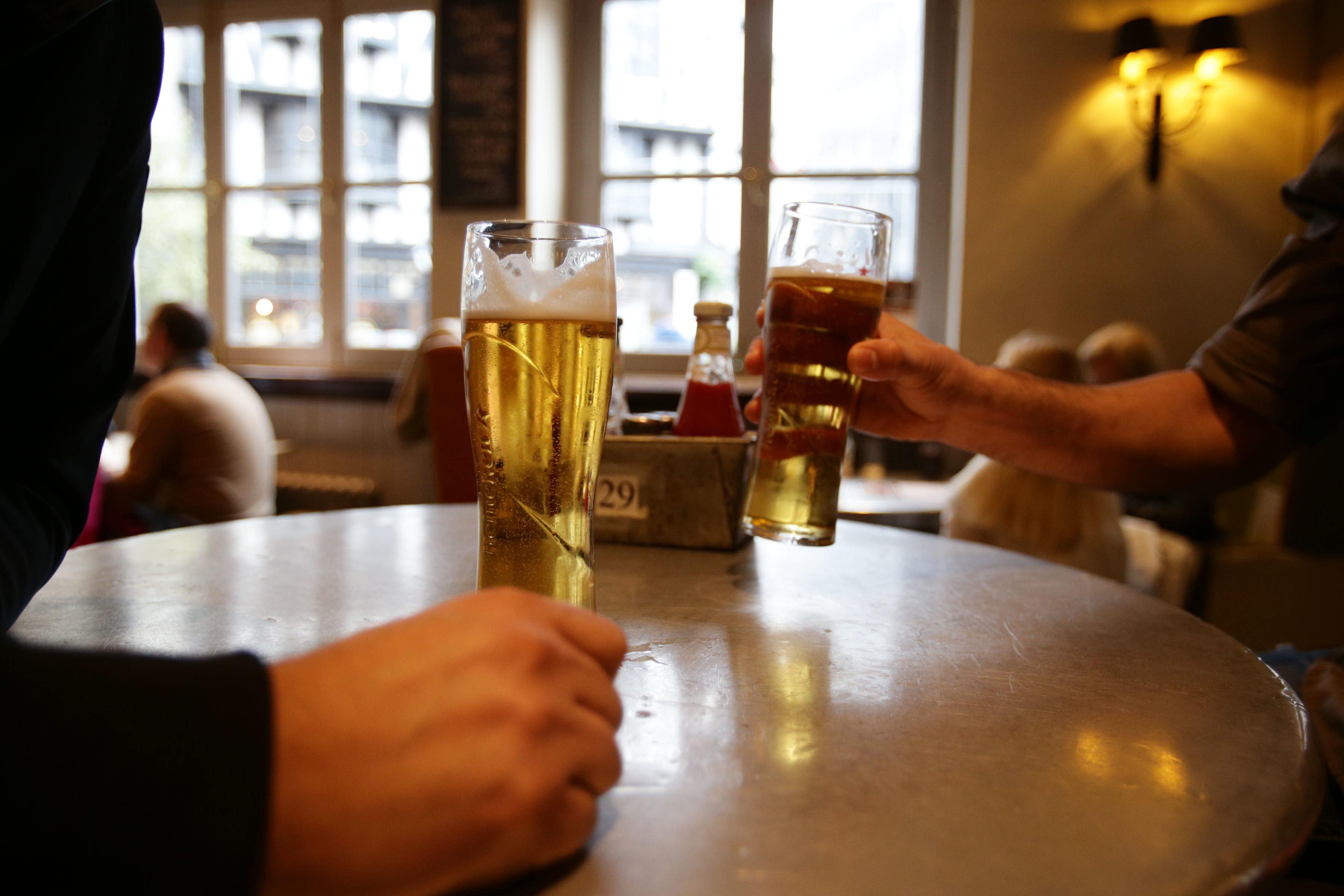American teens are ‘swapping alcohol for drugs’
Cannabis among teens increased 245 per cent between 2000 and 2020, with the largest rise coming since 2017 as many states decriminalised the drug

American youngsters are ditching alcohol for cannabis, according to a new study.
Cannabis use among teens increased 245 per cent between 2000 and 2020, with the largest rise coming since 2017 as many states decriminalized the drug.
Researchers also found that teen drinking also steadily declined over the same period.
Researchers from Oregan Health and Science University found over 338,000 instances of use and misuse among children aged six to 18.
Just over half were male (58.3 per cent) and more than 80 percent of all reported cases were in teens aged 13 to 18.
More than 32 per cent of instances resulted in what was described as “minor clinical outcomes”.
The report, published in the journal Clinical Toxicology, showed a change in habits over time. For example, dextromethorphan was the most reported substance over the study period but this peaked in 2006 and has decreased since.
Also in 2000, most cases involved alcohol use but this has steadily declined over the years.
In contrast, marijuana cases remained relatively stable from 2000 to 2009, then steadily rose from 2011, with an even more dramatic rise in cases from 2017 to 2020.
Experts analysing the data attribute the rise in marijuana use to the increased popularity of edible cannabis products, now widely available across the country.
Study author Dr Adrienne Hughes said: “Ethanol abuse cases exceeded the number of marijuana cases every year from 2000 until 2013.
“Since 2014, marijuana exposure cases have exceeded ethanol cases every year, and by a greater amount each year than the prior.”
Edible marijuana use showed the highest average monthly increase compared with all other forms, suggesting that adolescents have moved away from smoking weed onto alternative forms of consumption.
Marijuana extracts, such as those used in cannabis vaping products, were also increasingly popular.
Dr Hughes said: “These edible and vaping products are often marketed in ways that are attractive to young people, and they are considered more discrete and convenient.
“Compared to smoking cannabis, which typically results in an immediate high, intoxication from edible forms of marijuana usually takes several hours, which may lead some individuals to consume greater amounts and experience unexpected and unpredictable highs.”
The dramatic increase in child cannabis use since 2017 coincides with a wave of decriminalisation legislation in the US.
As of 2022, cannabis is legal for adult recreational use in 19 states and for medical use in 36 states.
While cannabis is only legal for adults and not children, the authors of the study said it has made the drug more accessible to children and adolescents and contributed to a perception that it is safe.
Dr Hughes said: “Our study describes an upward trend in marijuana abuse exposures among youth, especially those involving edible products.
“These findings highlight an ongoing concern about the impact of rapidly evolving cannabis legalisation on this vulnerable population.”
As well as cannabis, the study revealed high levels of over-the-counter medication abuse amongst teenagers.
Between 2001 and 2016, the highest number of drug abuse cases related to dextromethorphan, an over-the-counter cold and cough medicine.
Oral antihistamines were also among the most misused substances in this study.
Deaths from drug abuse were rare, occurring in 450 young people (0.1 percent of cases).
It was more common in males and in older teens aged 16-18. They were also most likely to occur after abusing opioids.
And, although there were 57,488 incidents involving children aged just six to 12, these cases did not usually include traditional drugs but rather vitamins, plants, melatonin, hand sanitisers and other objects.
Subscribe to Independent Premium to bookmark this article
Want to bookmark your favourite articles and stories to read or reference later? Start your Independent Premium subscription today.

Join our commenting forum
Join thought-provoking conversations, follow other Independent readers and see their replies